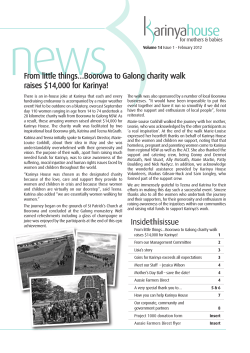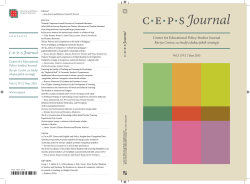
A Case Study Of Instructor Scaffolding Using Web 2.0 Tools To
Journal of Information Systems Education, Vol. 25(2) Summer 2014 A Case Study Of Instructor Scaffolding Using Web 2.0 Tools To Teach Social Informatics Catherine E. McLoughlin Faculty of Education Australian Catholic University, Canberra ACT 2602, Australia catherine.mcloughlin@acu.edu.au Sultana Lubna Alam Faculty of Business, Government and Law University of Canberra ACT 2601, Australia lubna.alam@canberra.edu.au ABSTRACT In the 21st century, also known as the digital era, higher education needs to face the changing technological contexts and to adopt pedagogies and tools for more engaging forms of learning. Despite much publicized enthusiasm about new media and its role in transforming learning in ways aligned with advances and contemporary socio‐cultural perspectives, limited changes have occurred. Nevertheless demand for eLearning worldwide is pushing the boundaries of education and professional activity systems. The central aim of this article is to gain a deeper understanding of how to create successful learning environments with technology-based tools. A model of scaffolded e‐learning, based on current thinking and constructivist learning theory, was adopted for teaching social informatics in a university context. The focus was on evidence-based pedagogies including: (1) authentic learning by applying Pedagogy 2.0 tasks and social media (2) the adoption of scaffolded pedagogy by the instructor to achieve learning outcomes. The methodology used was qualitative, based on teacher pedagogical tasks and activities designed for students in order to establish the success of the types of scaffolding offered and student perceptions of their effectiveness in promoting collaboration and learning. The research demonstrates that technological innovations which are accompanied by pedagogical scaffolding promote effective teaching of social informatics. The research concludes that while web 2.0 tools can enable engaged, self-regulated learning, students may not always be familiar with the tools or cognitive strategies to support their learning processes. Digital tools such as Twitter and blogs were found to engage students’ in real-world activities to learn key concepts, and that task scaffolding was an effective pedagogical approach. Keywords: Active learning, Critical success factors, Web 2.0, Faculty effectiveness, Instructional pedagogy 125
© Copyright 2025





















